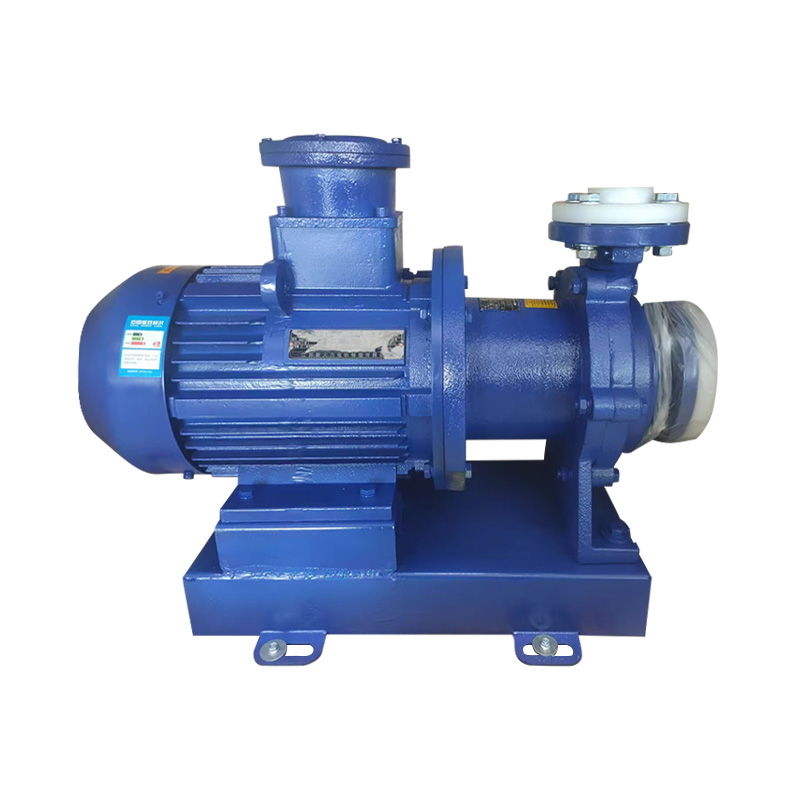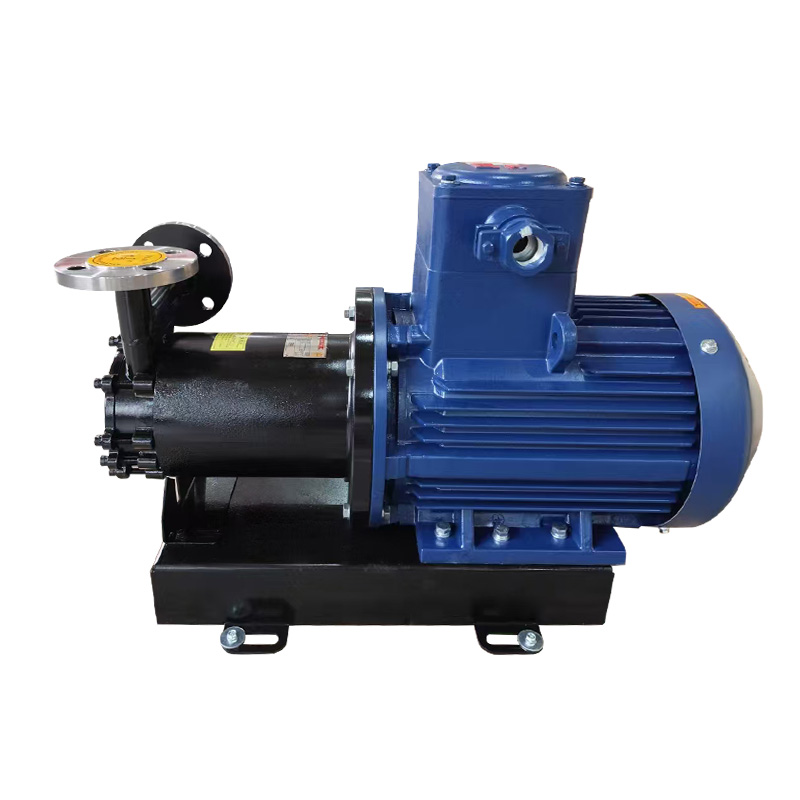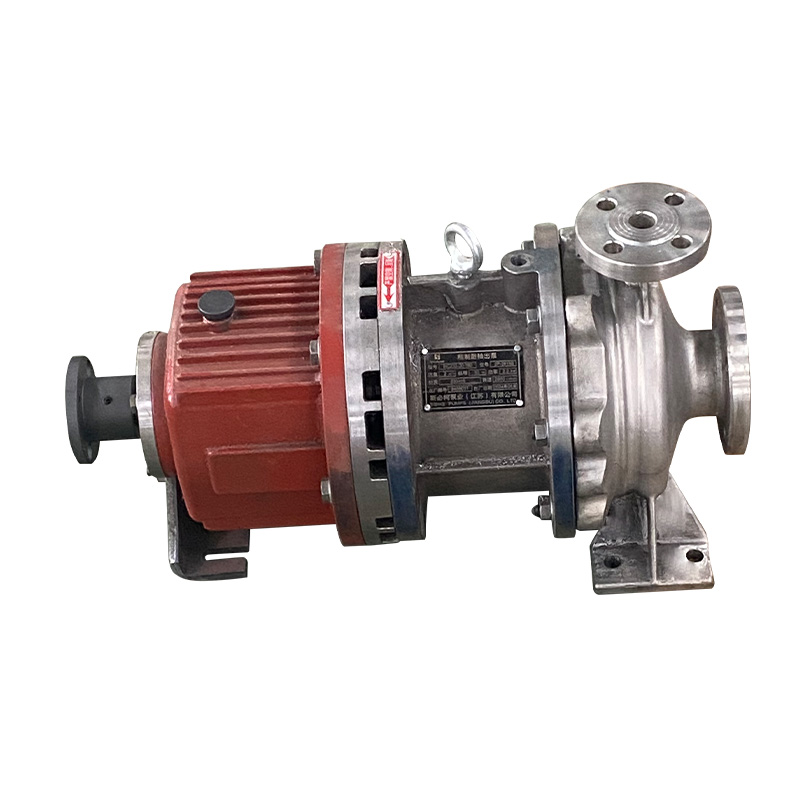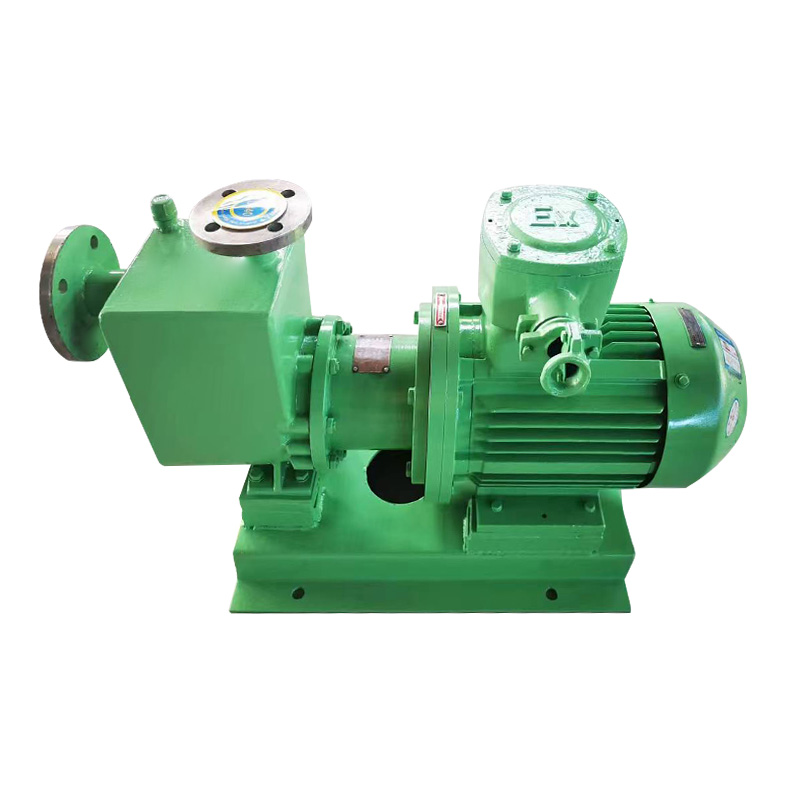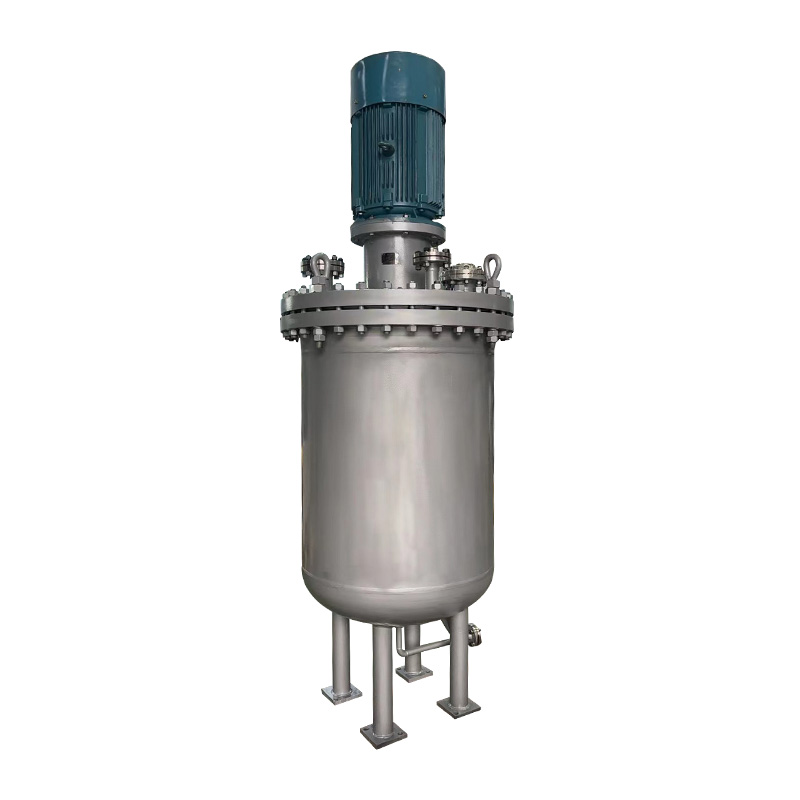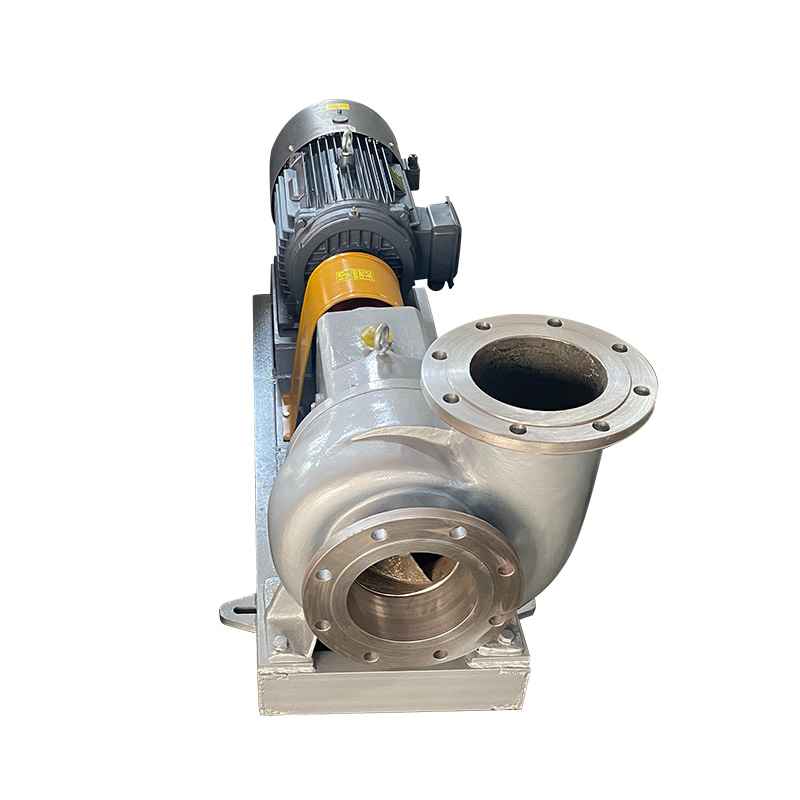Why Submersible Pumps Become Core Equipment for Underwater Operations and Fluid Transfer
In scenarios such as agricultural irrigation, municipal drainage, and household fluid transfer (e.g., fish tank water changes, well water treatment), submersible pumps have gradually become the core equipment for underwater operations due to their unique structural design and high efficiency. Their core advantage lies in the “submerged” working mode—an integrated sealed design of the motor and pump body allows them to operate directly by submerging into liquids, eliminating the need for additional suction pipelines. This not only saves installation space but also avoids the low pumping efficiency issue of traditional centrifugal pumps caused by insufficient suction lift. Compared with other fluid transfer equipment, submersible pumps offer a wider head range (from several meters to hundreds of meters) and flexible flow regulation, capable of adapting to diverse needs ranging from small-flow household water pumping to large-flow industrial drainage. Meanwhile, modern submersible pumps mostly adopt waterproof sealing technology (such as double mechanical seals), enabling long-term stable operation underwater with a failure rate far lower than that of traditional pumping equipment. Additionally, submersible pumps excel in energy efficiency—under the same flow rate, their energy consumption is 15%-20% lower than that of centrifugal pumps, making them particularly suitable for long-term continuous operation scenarios (e.g., the agricultural irrigation season). Whether for emergency drainage or daily fluid transfer, submersible pumps can meet demands with high efficiency and convenience, which is the key reason for their wide application.
Flow Regulation and Installation Depth Adaptation of Submersible Pumps in Agricultural Irrigation
Agricultural irrigation has high requirements for the flow stability and installation accuracy of submersible pumps. Reasonable flow regulation and proper installation depth selection directly affect irrigation efficiency and crop growth. Flow regulation should be based on crop types and soil moisture: leafy vegetables (e.g., Chinese cabbage, spinach) require small-flow uniform irrigation (recommended flow rate: 10-20m³/h) to avoid root damage from excessive water flow; food crops (e.g., wheat, corn) need medium flow rates (20-30m³/h) during the jointing stage to ensure water penetrates into deep soil; orchard irrigation should be adjusted according to tree age—young trees are suitable for 15-25m³/h, while mature fruit trees can have the flow rate increased to 30-40m³/h. Installation depth should refer to the water source depth and pump parameters: for well water irrigation, submersible pumps should be installed 1-3 meters below the water surface to prevent the pump body from being exposed and running dry due to water level fluctuations; for pond or reservoir irrigation, the installation depth should be 0.5-1 meter away from the water bottom to avoid sediment suction and pump blockage. At the same time, a flow meter should be used to monitor flow changes in real time. If a sudden drop in flow is detected, it is necessary to promptly check whether the water inlet is blocked by weeds or silt to ensure continuous and stable irrigation.
Comparative Analysis of Underwater Operation Scenario Differences Between Submersible Pumps and Centrifugal Pumps
Although both submersible pumps and centrifugal pumps belong to fluid transfer equipment, there are significant differences in their adaptability to underwater operation scenarios, requiring selection based on specific needs. In terms of operating environment, submersible pumps are suitable for fully submerged operation in liquids, such as deep well pumping, underwater drainage, and fish tank water changes. They are particularly good at handling liquids with a small amount of impurities (e.g., silt in agricultural irrigation water); centrifugal pumps, on the other hand, need to be installed on the ground and draw liquids through suction pipes, making them more suitable for clean water transfer (e.g., water supply in water treatment plants). If the liquid contains impurities or deep-water operation is required, centrifugal pumps are prone to blockage and insufficient suction lift. In terms of performance parameters, submersible pumps have a more obvious head advantage, making them suitable for long-distance and high-drop fluid transfer (e.g., irrigation in mountainous farmland); centrifugal pumps have a narrower flow regulation range, better suited for low-head, large-flow ground operations (e.g., factory cooling water circulation). In terms of installation and maintenance, submersible pumps need to be submerged underwater after installation, requiring water pumping or salvage for maintenance, making them suitable for long-term stable operation; centrifugal pumps are installed on the ground, allowing easy maintenance and suitable for frequent start-stop or short-term operations (e.g., temporary water supply). Additionally, in terms of energy consumption, submersible pumps are more energy-efficient in deep-water operations, while centrifugal pumps have advantages in shallow-water operations. Selection should be based on comprehensive consideration of operation depth and cycle.
Anti-Clogging Measures and Fault Troubleshooting of Submersible Pumps During Rainy Season Drainage
Rainy season drainage is an important application scenario for submersible pumps. At this time, rainwater is mixed with a large amount of weeds, fallen leaves, silt, and other impurities, which easily cause pump blockage and affect drainage efficiency. Anti-clogging measures should start from installation and pre-use preparation: during installation, a filter screen (with a pore size of 5-10mm) should be installed at the water inlet of the submersible pump to filter large particles; if the drainage area contains a lot of impurities, a trash rack can be set up in front of the water inlet to block weeds, branches, and other debris. During use, it is necessary to regularly observe current and flow changes. If the current rises abnormally and the flow drops significantly, the filter screen or impeller may be blocked, and the pump should be shut down immediately for troubleshooting. The troubleshooting steps are as follows: first, cut off the power supply, fish the submersible pump out of the water, remove the filter screen, and clean the attached weeds and silt; second, check whether the impeller is stuck by foreign objects, and if so, carefully remove them to avoid damaging the impeller blades; finally, check whether the water inlet and flow channel are unobstructed to ensure no residual impurities. If the pump still fails to work normally after cleaning, check whether the motor is overheated due to overload or whether the seals are flooded with water. If necessary, contact professionals for maintenance to avoid motor burnout caused by forced startup.
Safe Electricity Use Specifications and Daily Maintenance Methods for Household Submersible Pumps
The use of household submersible pumps (e.g., for fish tank water changes) must strictly follow safe electricity use specifications, and daily maintenance should be done well to avoid safety accidents and equipment damage. For safe electricity use, a dedicated socket with leakage protection should be used for the submersible pump. The socket and power cord should be kept away from water sources to prevent short circuits; the power cord should be checked regularly. If the outer skin is damaged or the joints are loose, it should be replaced or repaired immediately to avoid electric leakage; when in use, do not pull the power cord forcefully, and the power supply should be cut off before moving the submersible pump to prevent wire breakage and electric shock. Daily maintenance should be carried out regularly: after each use, wipe off the moisture and impurities on the surface of the submersible pump. If used for fish tank water changes, clean the fish feces, aquatic plants, and other impurities on the water inlet filter screen; when not in use for a long time, store the submersible pump in a dry and ventilated place to prevent the motor from rusting due to moisture; check the seals every 3-6 months. If the sealing rubber ring is aging or deformed, replace it in time to prevent water from entering and damaging the motor. In addition, household submersible pumps should avoid dry running. Before each startup, ensure the pump body is completely submerged in liquid—dry running for more than 1 minute may cause overheating and damage to the impeller.
Corrosion Resistance and Service Life Comparison of Different Submersible Pump Materials (Stainless Steel/Cast Iron)
The material of the submersible pump body and impeller directly affects its corrosion resistance and service life. Common materials are stainless steel and cast iron, with significant differences in performance. In terms of corrosion resistance, stainless steel (e.g., 304, 316 stainless steel) has excellent acid-alkali and salt spray resistance, making it suitable for use in acid-alkali-containing liquids (e.g., chemical plant wastewater treatment) or seawater, saltwater environments. After long-term immersion, its surface is not easy to rust, with a corrosion rate only 1/10-1/20 that of cast iron; cast iron has poor corrosion resistance, easily corroded by acid-alkali liquids or humid environments, with rust appearing on the surface. Long-term use will cause the pump body to thin and strength to decrease, making it suitable for clean water environments (e.g., agricultural irrigation, household well water). In terms of service life, stainless steel submersible pumps can last 8-12 years with proper maintenance, while cast iron submersible pumps usually have a service life of 3-5 years. If the use environment contains a lot of impurities, the cast iron pump body is easily worn, and its service life may be further shortened. In terms of cost, stainless steel submersible pumps have a higher initial cost (about 1.5-2 times that of cast iron submersible pumps), but their maintenance cost is low in long-term use, resulting in higher overall cost-effectiveness; cast iron submersible pumps have a lower initial cost, suitable for short-term or clean water operation scenarios. Long-term use requires bearing higher maintenance and replacement costs, so selection should be based on comprehensive consideration of the use environment and budget.
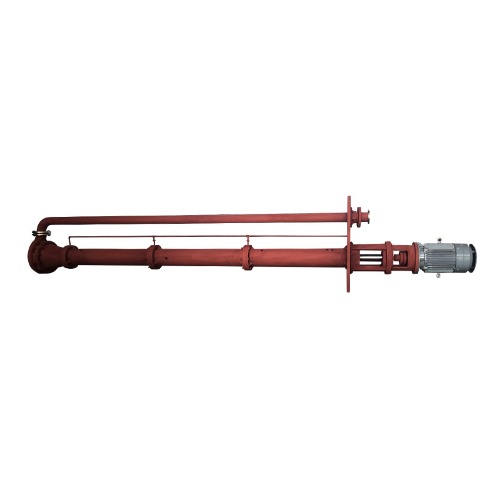



 English
English русский
русский Español
Español